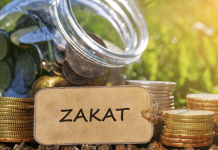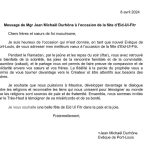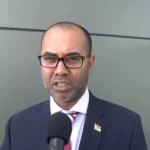Waqf originally developed as a charitable instrument to achieve social and religious causes. Traditionally, it has been known as a religious contribution that is made for the development of immovable assets such as construction of buildings for mosques and madrassahs, and acquisition of land for cemeteries.
Its flexible nature makes it an attractive form of charity for donors, despite the fact that it is non-obligatory. Waqf indeed allows the waqif (donor) to donate for a multitude of purposes in accordance to his/her own stipulated guidelines. Beneficiaries can also include one’s own family members and even non-Muslims. In this way, waqf is different to obligatory charities such as zakat whose disbursement should be made to specific beneficiaries, as guided by the Qur’anic verse (9:60). Waqf is further distinguished from other non-obligatory charities as it embodies the concept of sadaqah jariyah ― i.e. it represents a charity that entails long term benefits to beneficiaries while the donor continues to earn rewards even after death.
Today, the concept of waqf is however not limited to being a social, charitable or religious instrument. It is being introduced and implemented in the form of a number of innovative structures with contemporary movable asset classes. Some examples include cash waqf, cash waqf deposit account, waqf shares, corporate waqf and waqf sukuk. The use of these financial instruments is widening the potential applications of waqf in more commercial sectors.
Waqf is nowadays being mobilized as an Islamic social finance instrument whereby it jointly collaborates with other sectors of the Islamic finance industry to develop innovative waqf models. Key elements such as professionalism in the management of waqf funds have been introduced to ensure preservation of waqf assets in the long term and higher returns to waqf beneficiaries. Integrity of the waqf establishment is also enhanced by strengthening the governance system and enforcing disclosures in the performance and delivery of waqf activities. Managing waqf as an investment strategy has also expanded the opportunities in creating different kinds of funds associated with waqf such as waqf-unit trust, waqf-property funds, waqf-hajj funds, and other kinds of specialized funds.
Two examples are delineated in this article to highlight the innovative structures used in the modern management of waqf investments. One waqf model which is being successfully implemented within the Islamic banking infrastructure in Malaysia is the ‘myWakaf’ initiative. A second innovative structure that can be cited in the redevelopment of an old waqf asset to enhance its value and productively deploy its use is the case of the refurbishment of a mosque in Singapore. Details of these initiatives are given below.

myWakaf is a waqf fund structure that has been launched by the Association of Islamic Banking and Financial Institutions Malaysia (AIBIM) in collaboration with six participating Islamic banks in Malaysia in October 2017. It sought to synergise the capabilities of State Islamic Religious Councils (SIRCs) (the entity that oversees religious affairs in each state in Malaysia) and Islamic banks in an effort to revive and create a dynamic waqf sector in Malaysia. All participating banks contributed RM100,000 each to bear the initial operation cost.
Rationales of myWakaf Establishment
The key rationales for setting up myWakaf are as follows:
Key Rationales of myWakaf Establishment

Business Model of myWakaf
myWakaf adopts a unique model by having a Joint Management Committee consisting of representatives from SIRC and a Lead Bank to manage the waqf fund which is created from the pool of money received from endowments of corporations and individuals, as illustrated in the below figure. This is different from the traditional waqf management in Malaysia, where the SIRC of the respective state would serve as the sole manager of waqf funds. The expertise of Islamic banks is leveraged on to invest the waqf funds which are collected via myWakaf to ensure perpetuity of the principal and generate income for the benefits of the society. The returns generated from the investment are then channeled to finance different waqf projects.
Model of myWakaf

The waqf projects are selected in four sectors, namely education, health, investment and economic empowerment, as illustrated below.
Targeted Sectors for Projects

Based on information available on myWakaf website https://www.mywakaf.com.my/, there are currently 10 projects which have been launched by 5 of the Islamic banks in 9 different states in Malaysia. Examples of these waqf projects are: purchase of boats and equipment for deep sea fishing, construction of haemodialysis centres, acquisition of residential properties for financially distressed individuals, etc. Progress of all projects embarked under myWakaf is accessible via its website.
Redevelopment of Waqf Assets at Bencoolen Street, Singapore through Waqf-Sukuk
Majlis Ugama Islam Singapura (MUIS) issued a SGD35 million musharakah sukuk in 2002 to renovate an old mosque at Bencoolen Street in Singapore and convert it into a mixed-use complex comprising a modern and larger capacity mosque along with a three-storey commercial building and a 12-storey service apartment. The development of commercial properties aimed at providing a continuous source of income for the mosque to run and maintain its operations. The service apartments were also leased to generate guaranteed rental income which was used to repay investors’ returns in the project. The successful renovation of the waqf assets is reported to have increased the value of the property from an original $10 million to a significant amount of $85 million.

by Dr Salma Sairally
NOTE : Les points de vue exprimés dans cette rubrique ne reflètent pas nécessairement ceux de la rédaction et n’engagent que les auteurs eux-mêmes.

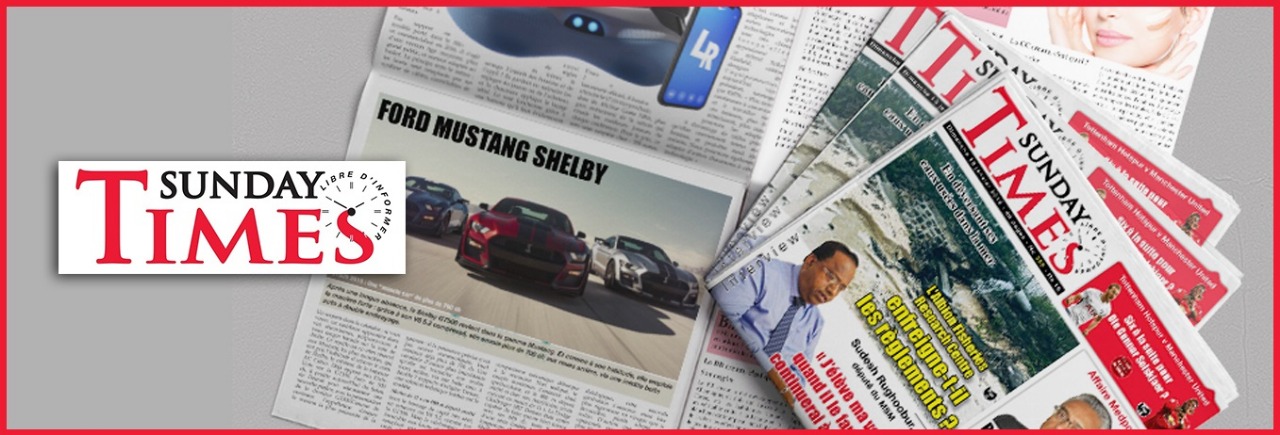
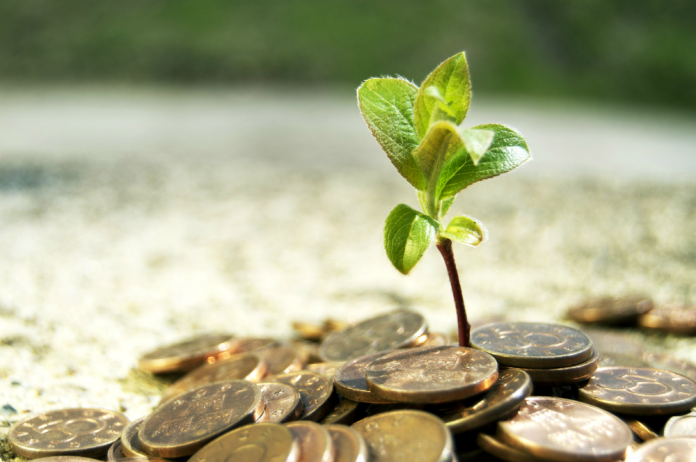

![[Message de l’Eid-Ul-Fitr 2024] Atteindre la piété… Et après ???](https://sundaytimesmauritius.com/wp-content/uploads/2023/10/Bashir-new-218x150.jpg)

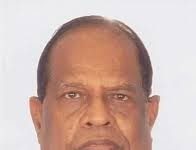
![[Democracy Watch Mauritius] The Rwanda genocide started 7th April 1994, 30 years ago. Has humankind learnt the lesson? Consider Israel’s action in GAZA today!](https://sundaytimesmauritius.com/wp-content/uploads/2024/03/democracy_0-218x150.jpg)
